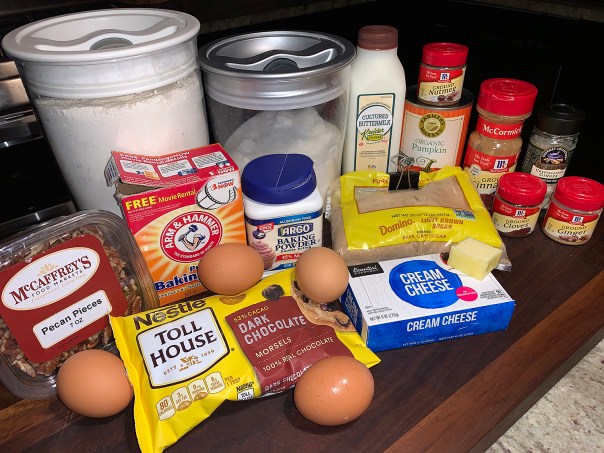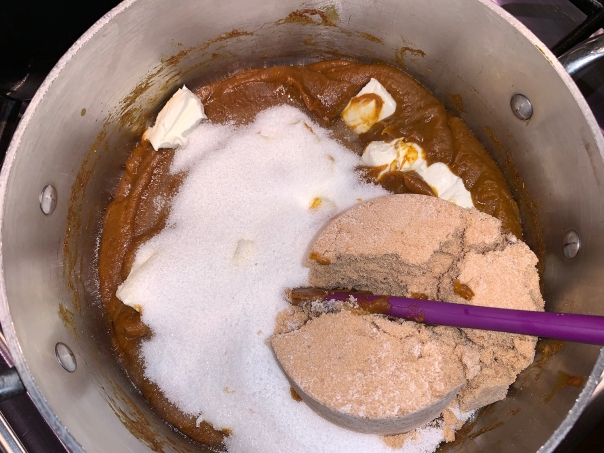Remember the “vegetarian week” I mentioned a few blogs back? Well technically, I was not completely truthful because anything with bacon is NOT vegetarian. Broiled Salmon with a White Bean, Kale & Bacon Ragoût can easily be made without bacon, which is a better option for me since my digestive system goes into battle every time I consume it.
But The Hubs LOVES his bacon, so therefore I went with it—and it adds that much-loved sweet/salty component. It basically comes down to one slab per person that is divvied up into little bits nestled into the ragoût. We purchase double-smoked organic from the local Amish Farmer’s Market sans nitrates, so it doesn’t wreak as much havoc on my innards.
High heat adds flavor fast to the this salmon, which is drizzled with the bacon fat, then seasoned. The hearty ragoût rounds out the dish and adds substance to the overall meal. I’ve posted recipes recently for both ragù and ragoût. Are they the same thing??
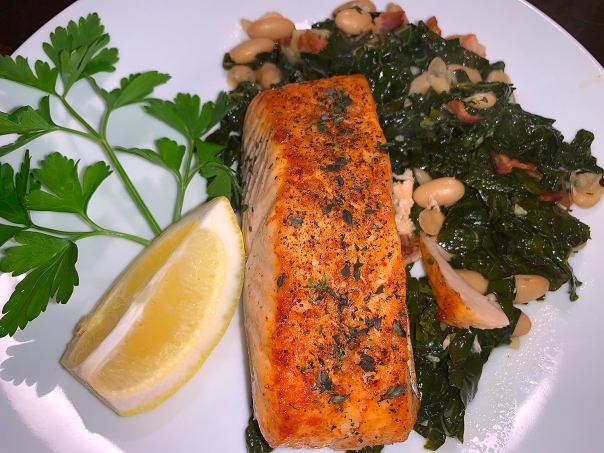
Ragù vs. Ragoût:
Let’s get to the bottom of this. Both come from the same French verb, ragouter, which means to stimulate the appetite. Even though they’re both saucy, both hearty and both pronounced the same way (“ragoo”), ragù and ragoût are not the same thing. Here’s the difference.
Ragù is a class of Italian pasta sauces made with ground or minced meat, vegetables and, occasionally, tomatoes. Bolognese, for example, falls under the ragù umbrella. Ragoût, on the other hand, is a slow-cooked French-style stew that can be made with meat or fish and vegetables—or even just vegetables. You can eat it on its own, or with a starch like polenta or couscous or pasta. These very different dishes have one additional, great thing in common: Both are incredibly delicious and satisfying on a cold winter night, so that works for me.
Since I knew the kale would release liquid of it’s own, I reduced the amount of broth to one cup, which was plenty and didn’t leave the ragoût watery. In the end, the meal turned out wonderful with perfectly cooked salmon (although in our broiler it takes almost twice as long to reach a medium doneness); and the bed of kale and beans made a pleasant companion.
And how about that kale? It seems to be a love-it-or-hate-it kind of green (although I’m sort of middle-of-the-road with it). Kale is a proud member of the cabbage family, which accounts for its rather strong, forward flavor that borders (and sometimes tips over into) bitterness. The most common type seems to be curly kale whose bright-green leaves are sometimes curled so tightly it can be hard to chop them. This kind of kale tends to have a bright, peppery flavor that can become quite bitter.
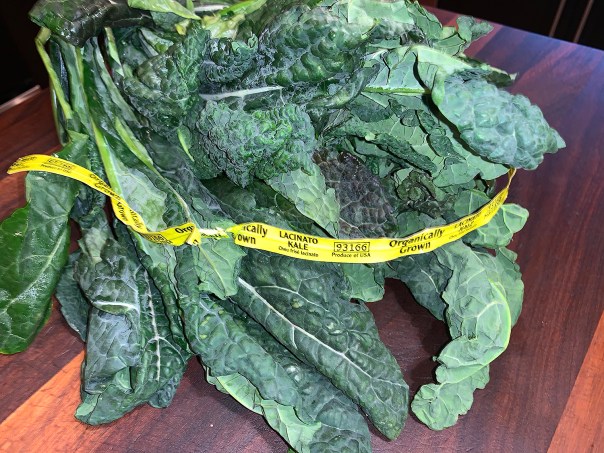
Our fave however, happens to be the Lacinato kale, which goes by many names, among them are Tuscan, dinosaur, cavolo nero, and black kale. Lacinato kale (shown above) has longer spear-like leaves with a pebbled appearance and a dark, mottled green color. Its flavor is deep and earthy—it’s less bitter than curly leafed, with an almost-nutty sweetness.
TIP: Most salmon filets will have a thick and thin end. So that the thin end doesn’t get overcooked, fold it under the thicker portion before broiling.

Broiled Salmon with a White Bean, Kale & Bacon Ragoût
Ingredients
- 1/4 lb. thick-cut bacon (about 4 thick slices), cut crosswise into thin strips
- 3 Tbs. extra-virgin olive oil
- 2 cloves garlic, minced
- 1 bunch thinly sliced lacinato kale leaves (stems removed)
- 1 cup homemade chicken (or veggie) broth
- 15-1/2 oz. can cannellini beans, rinsed well and drained
- 1-1/2 to 2 lbs. skinless salmon fillet, cut into 4 uniform pieces
- Kosher salt and freshly ground black pepper
- 1 Tbs. chopped fresh thyme
- 1 lemon, quartered
Directions
- Set an oven rack 6 inches from the top element and heat the broiler to high.
- In a heavy skillet over medium heat, cook the bacon in the olive oil, stirring occasionally, until the bacon renders much of its fat and starts to brown, about 5 minutes. Use a spoon to remove 2 Tbs. of the bacon fat from the skillet and reserve in a small bowl.
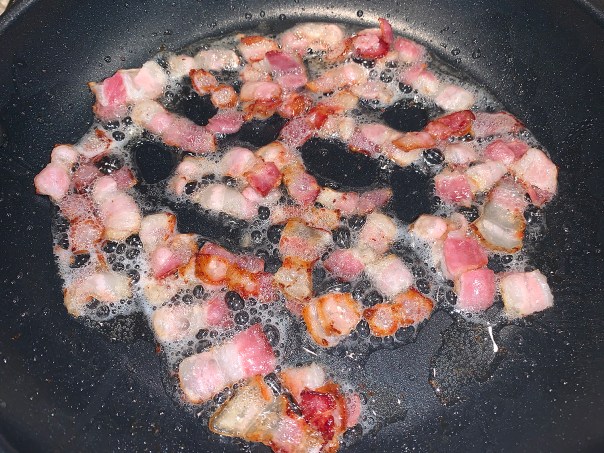
- Add the garlic to the bacon in the skillet. Cook, stirring, until the garlic starts to sizzle, about 30 seconds.
- Raise the heat to high, add the kale, and sauté, stirring, until it starts to wilt, about 1 minute.
- Add the chicken broth and beans and bring to a boil. Reduce the heat to medium, cover the skillet, and cook for 5 minutes. Remove from the heat and keep warm.
- While the beans are cooking, line a heavy-duty rimmed baking sheet with foil and arrange the salmon, skin side down, on it. Drizzle the reserved bacon fat over the salmon and season with 1/2 tsp. salt and a few generous grinds of black pepper.
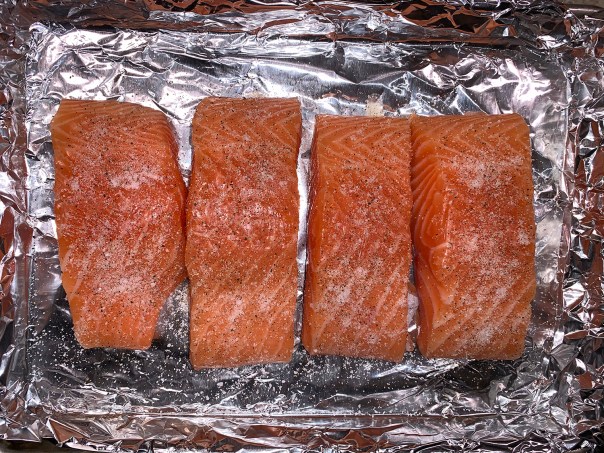
Tuck the thin tails under the thicker portion of the fish for more even cooking. - Broil until slightly firm to the touch, 7 to 10 minutes for medium (the salmon will be dark pink in the middle).
- Sprinkle half of the thyme over the salmon. Stir the remaining thyme into the beans and kale and season with salt and pepper to taste.

- To serve, spoon equal portions of the beans and kale onto dinner plates and top each with a piece of salmon. Squeeze the lemon quarter over the fish and serve immediately.
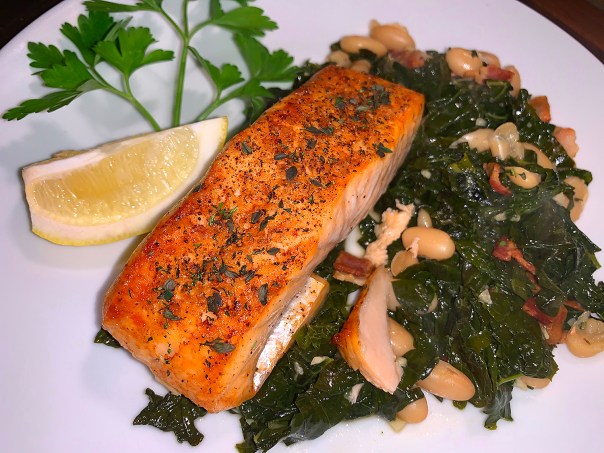
Adapted from a recipe by found on FineCooking.com








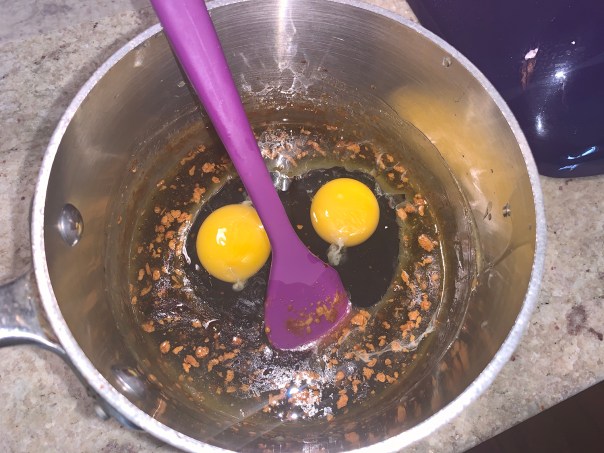






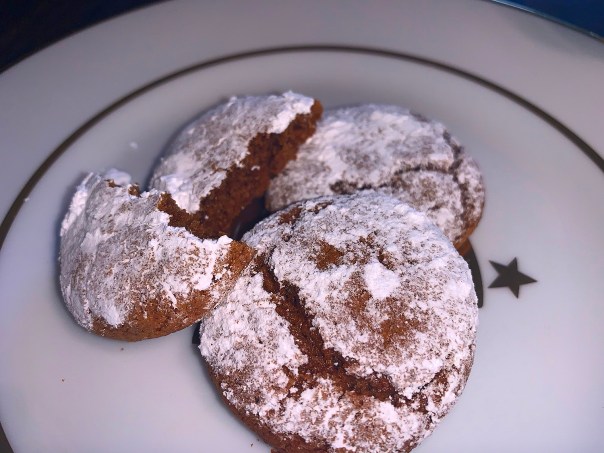


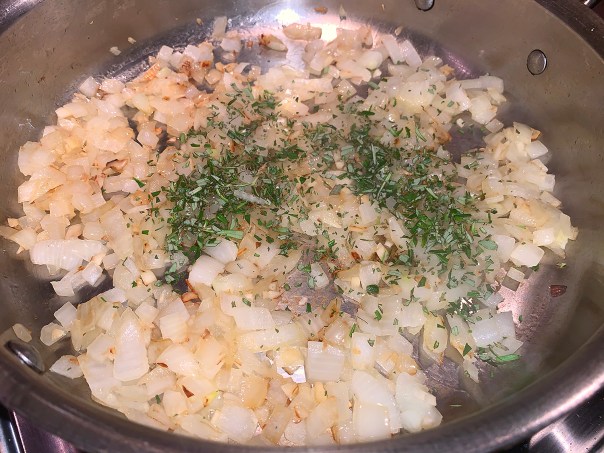

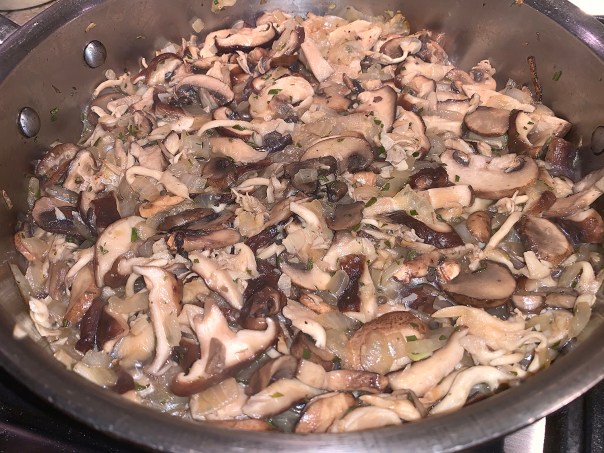
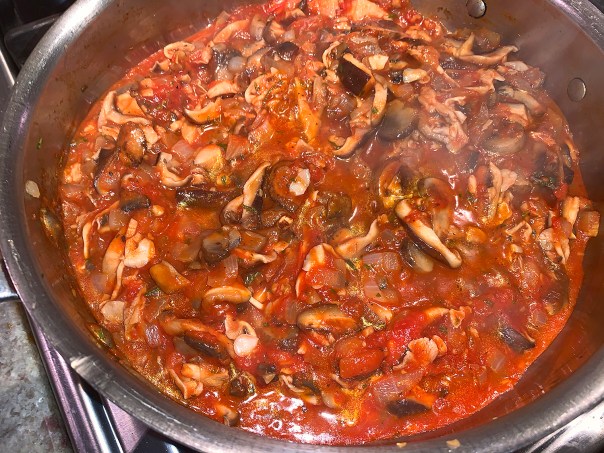















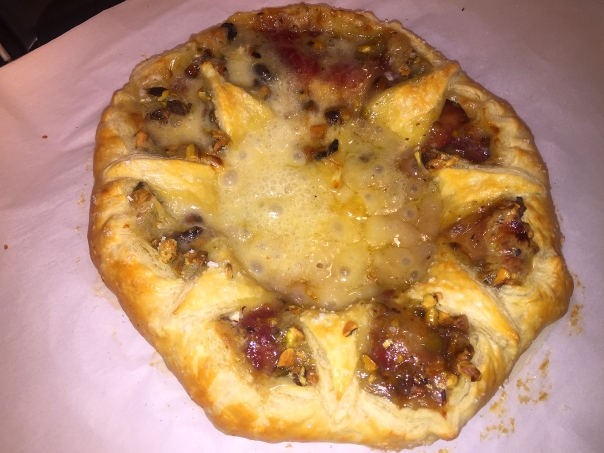



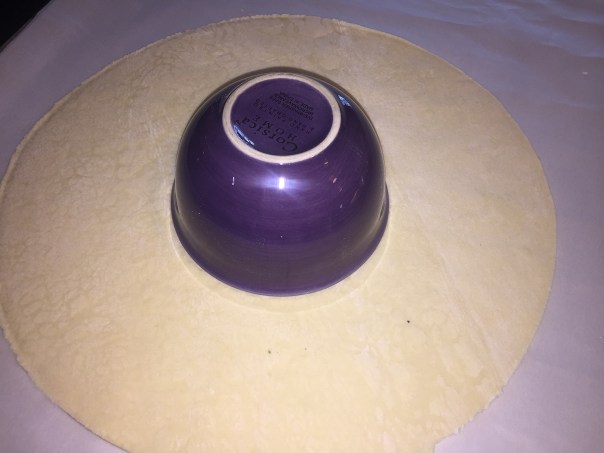

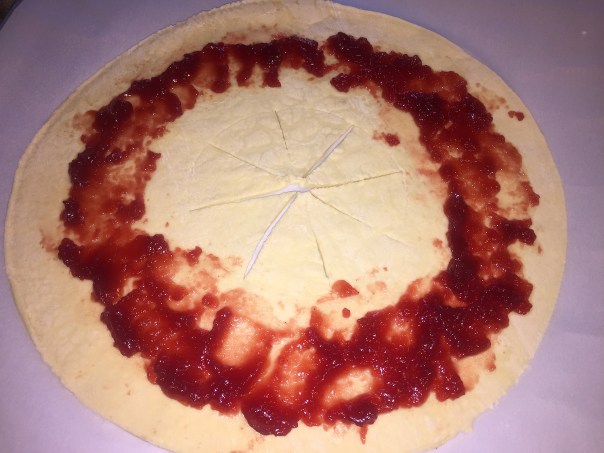



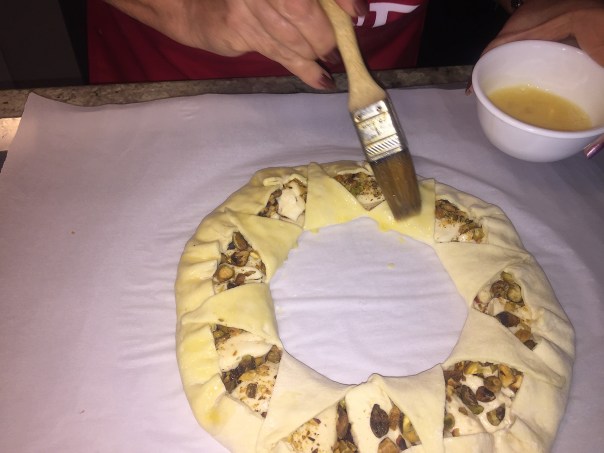



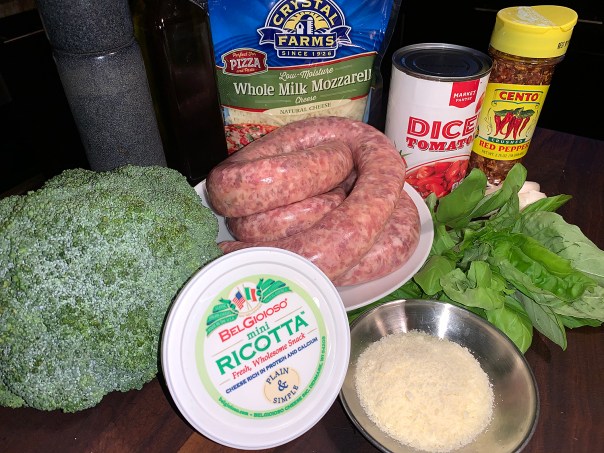












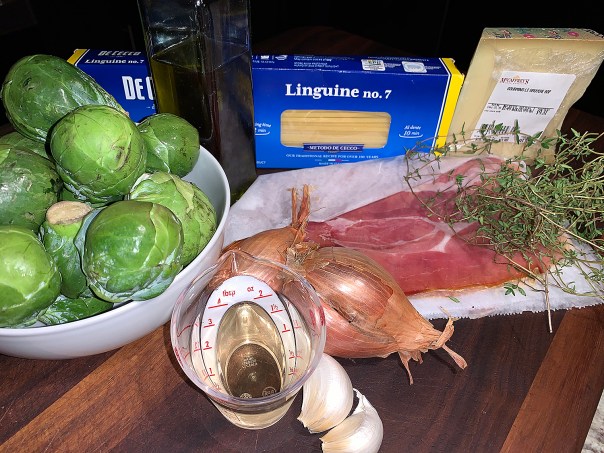




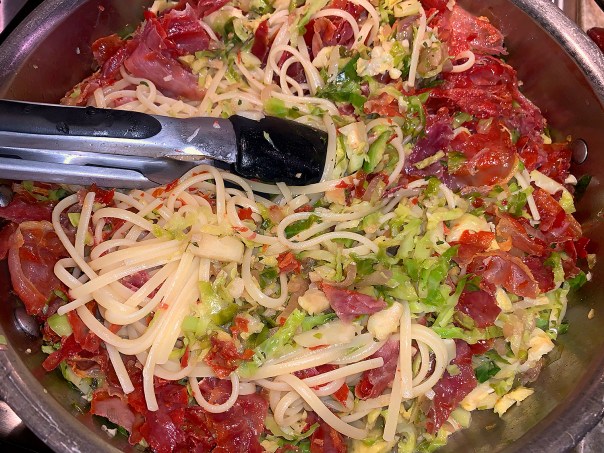
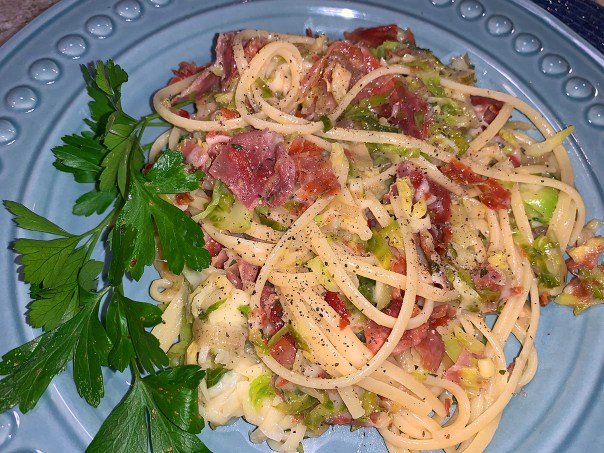


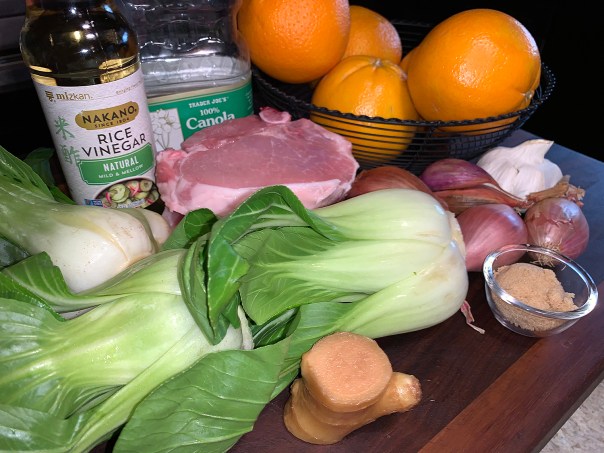





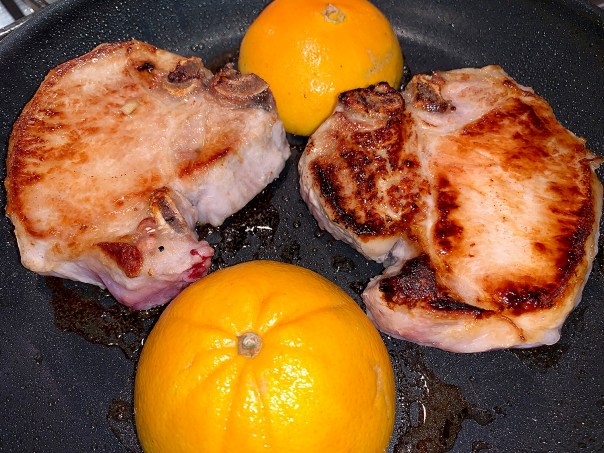
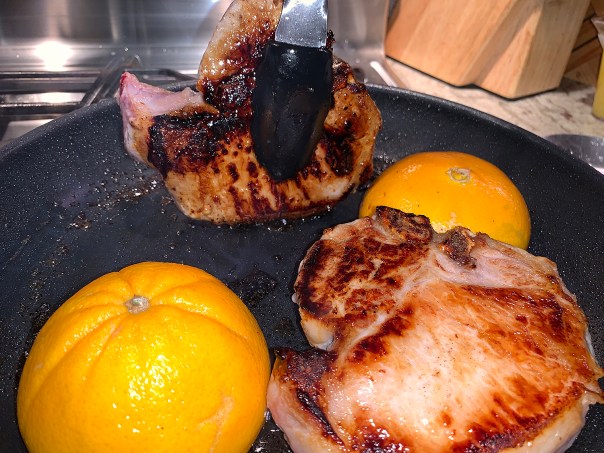


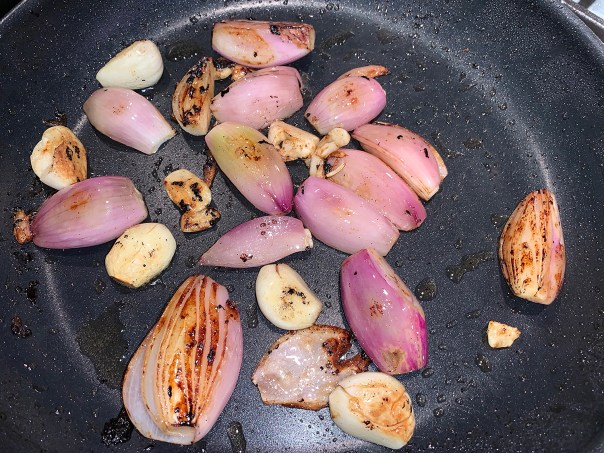

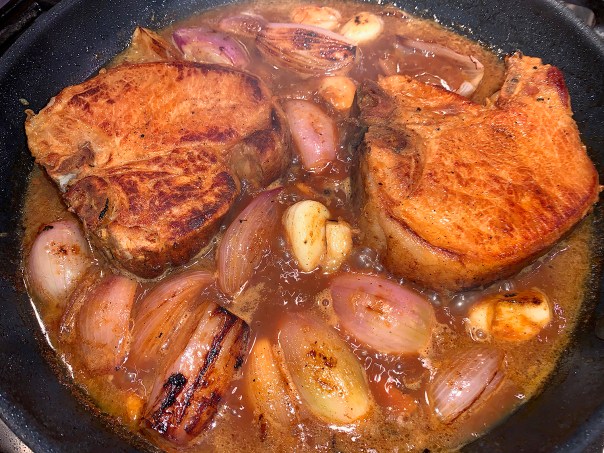







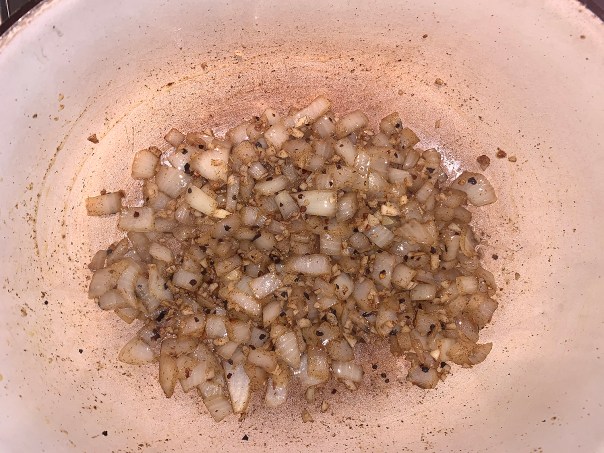
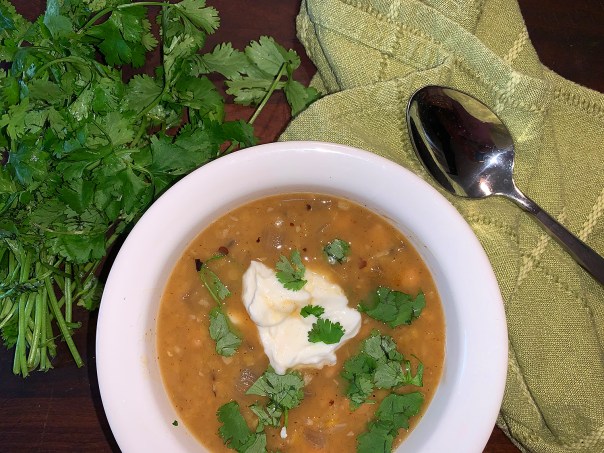

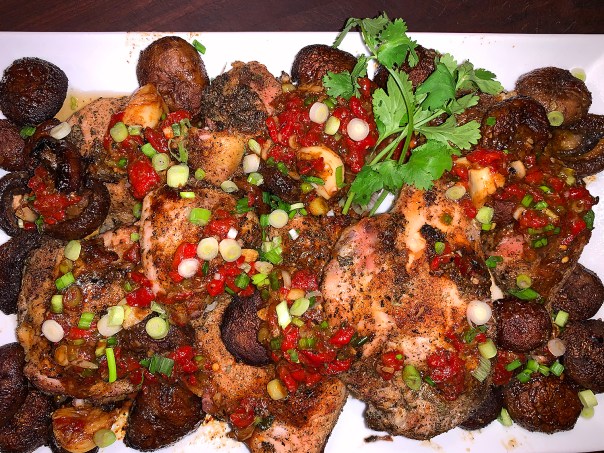




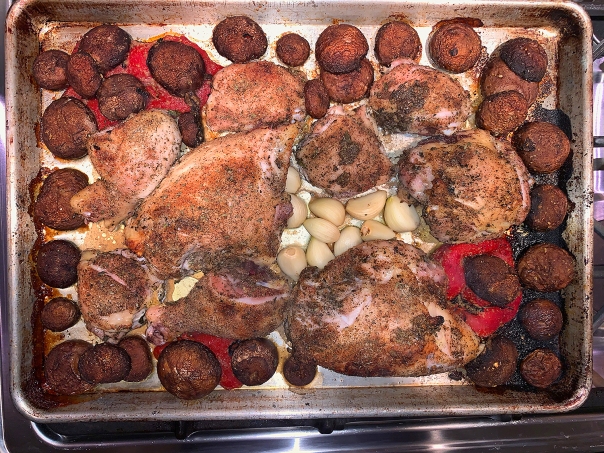
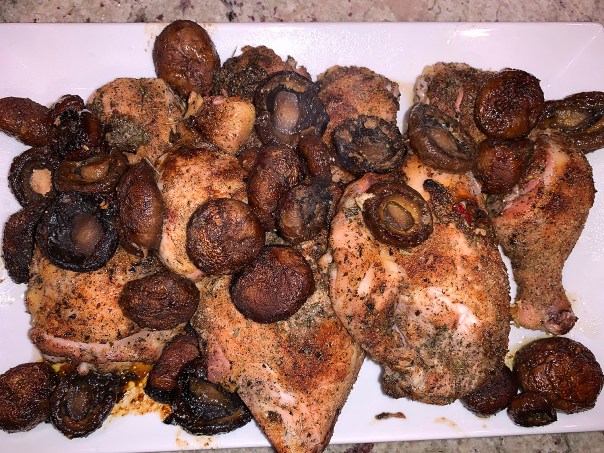


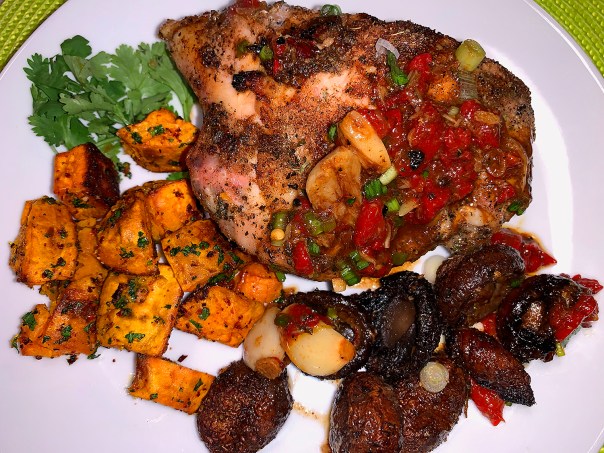




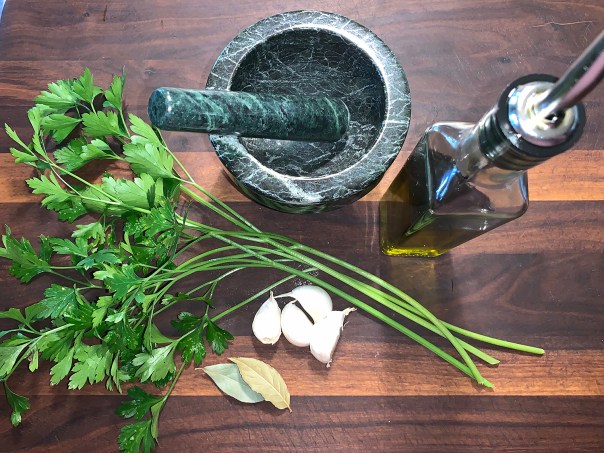
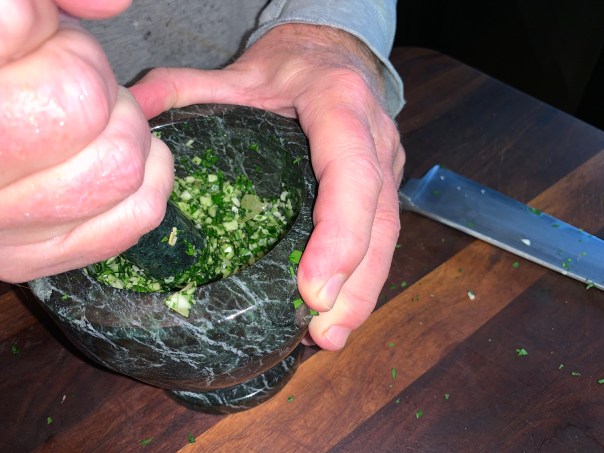


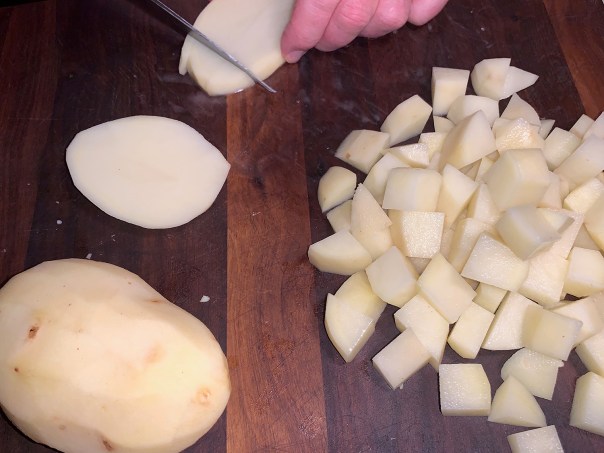
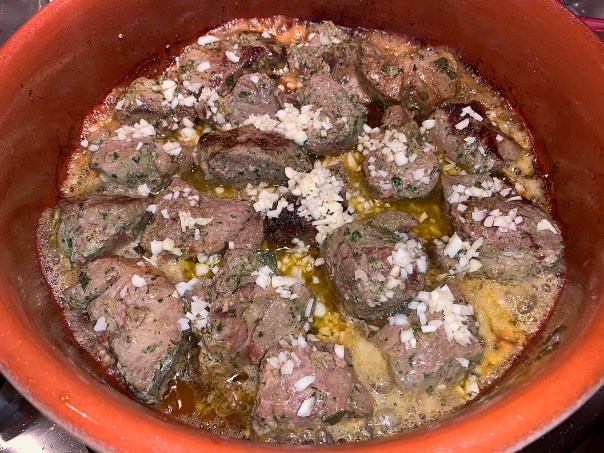
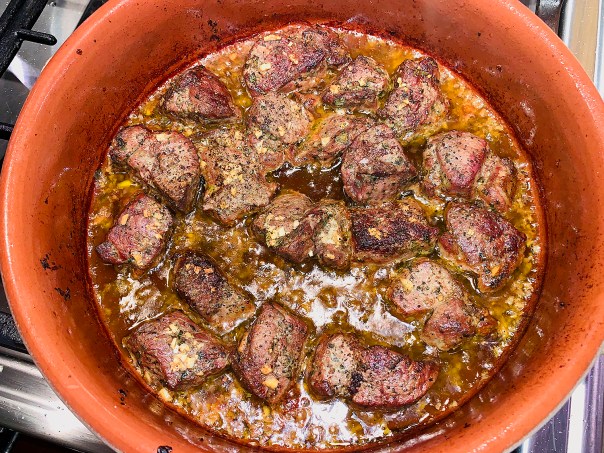


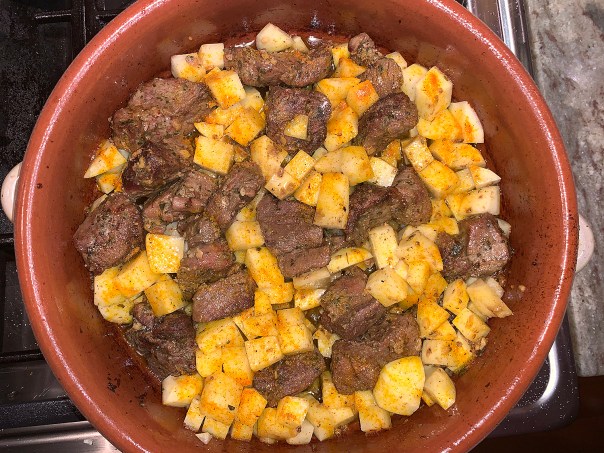



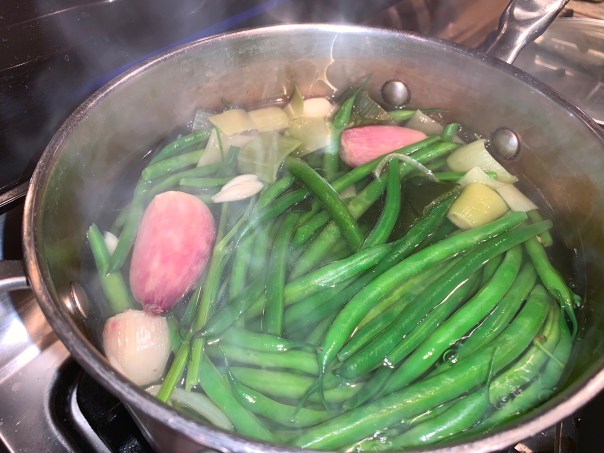



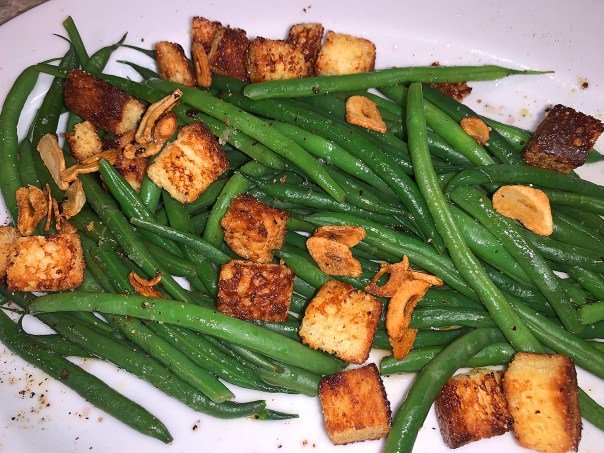


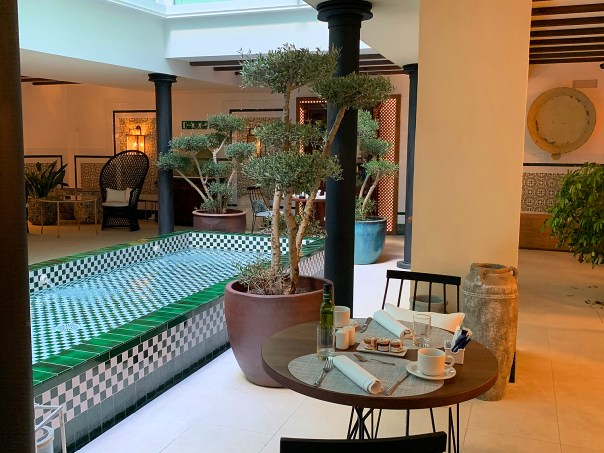


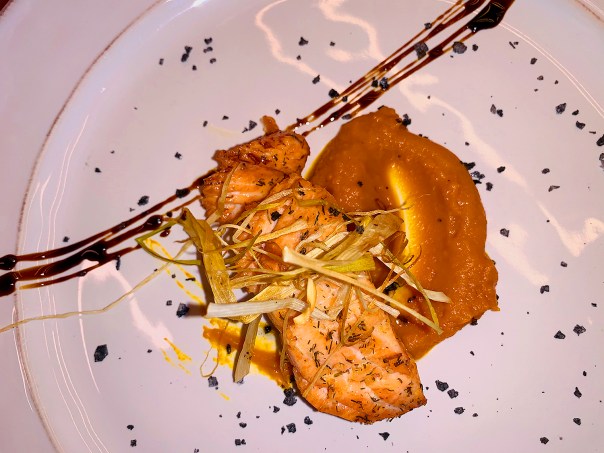 Pork Cheeks with Creamy Pumpkin Soup and its Seeds
Pork Cheeks with Creamy Pumpkin Soup and its Seeds Fusilli Pasta with Sauce of Iberian Streaky Bacon and Payoyo Cheese
Fusilli Pasta with Sauce of Iberian Streaky Bacon and Payoyo Cheese Creamy Rice with Crispy Duck and Fried Crunchy Onion
Creamy Rice with Crispy Duck and Fried Crunchy Onion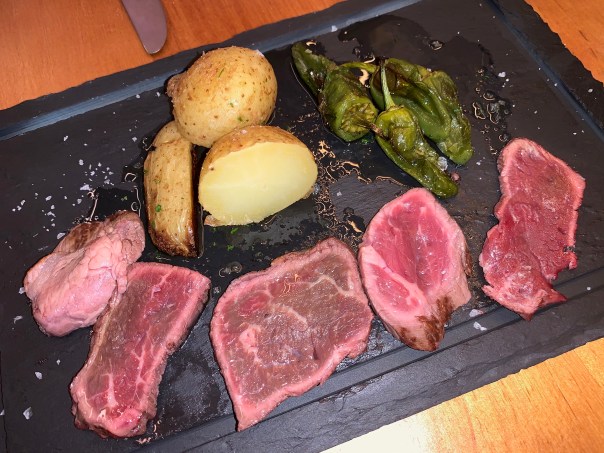






 Clare explains the different types of olive oils. Spain is the world capital of olive groves boasting about 866 million trees.
Clare explains the different types of olive oils. Spain is the world capital of olive groves boasting about 866 million trees.

 Juan Pedro demonstrates the best way to chop an onion.
Juan Pedro demonstrates the best way to chop an onion.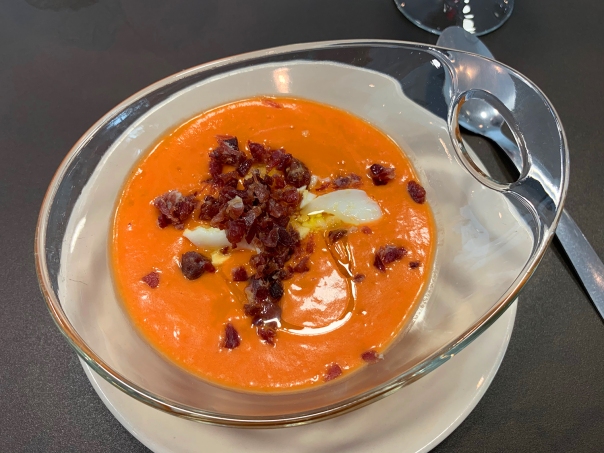 Salmorejo shown as a close-up above, and set before us below.
Salmorejo shown as a close-up above, and set before us below.
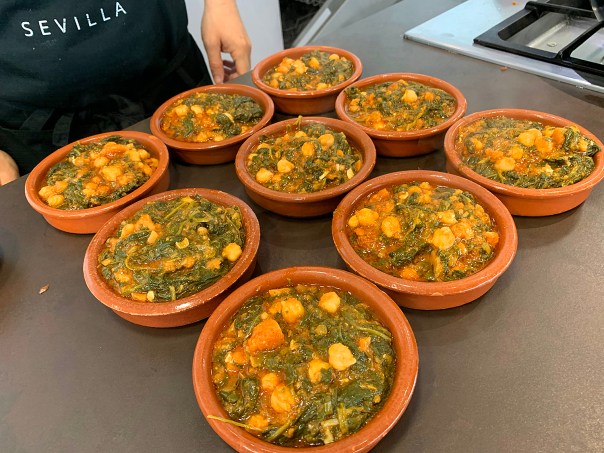
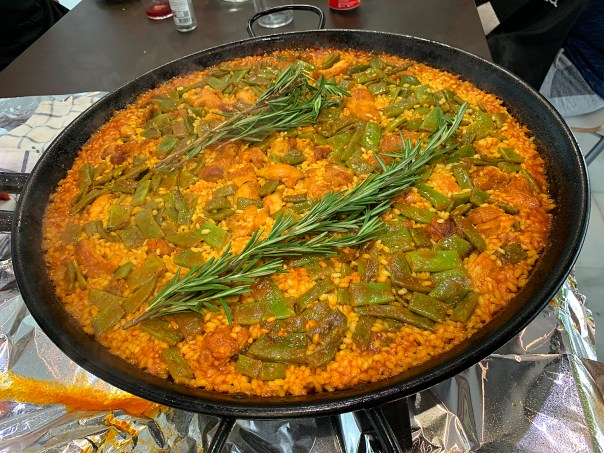
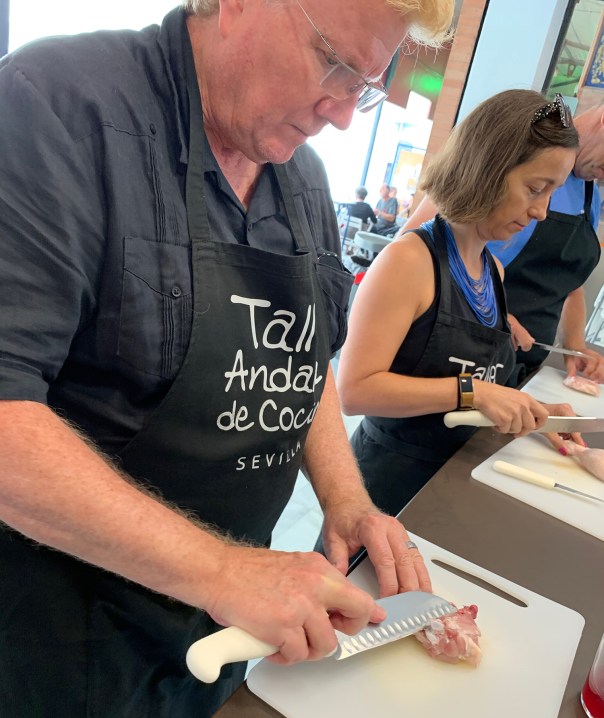



 The first night we served ours with parm-infused polenta and roasted Brussels sprouts and garlic.
The first night we served ours with parm-infused polenta and roasted Brussels sprouts and garlic. Because that’s what we had in the freezer, we used 5.5 lbs. of boneless short ribs, which have more consistent marbling and less chunks of fat throughout than chuck roast.
Because that’s what we had in the freezer, we used 5.5 lbs. of boneless short ribs, which have more consistent marbling and less chunks of fat throughout than chuck roast.










